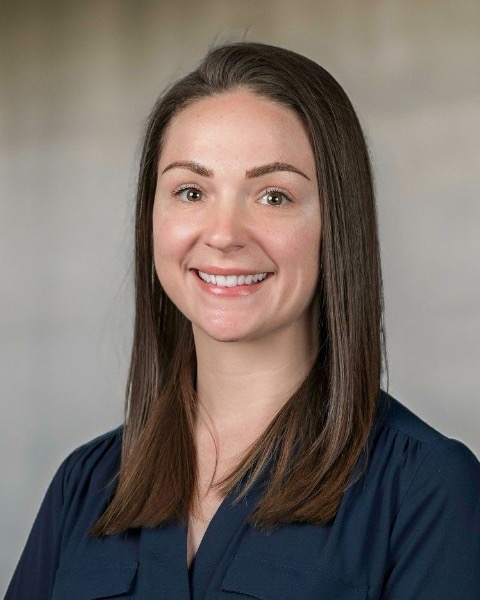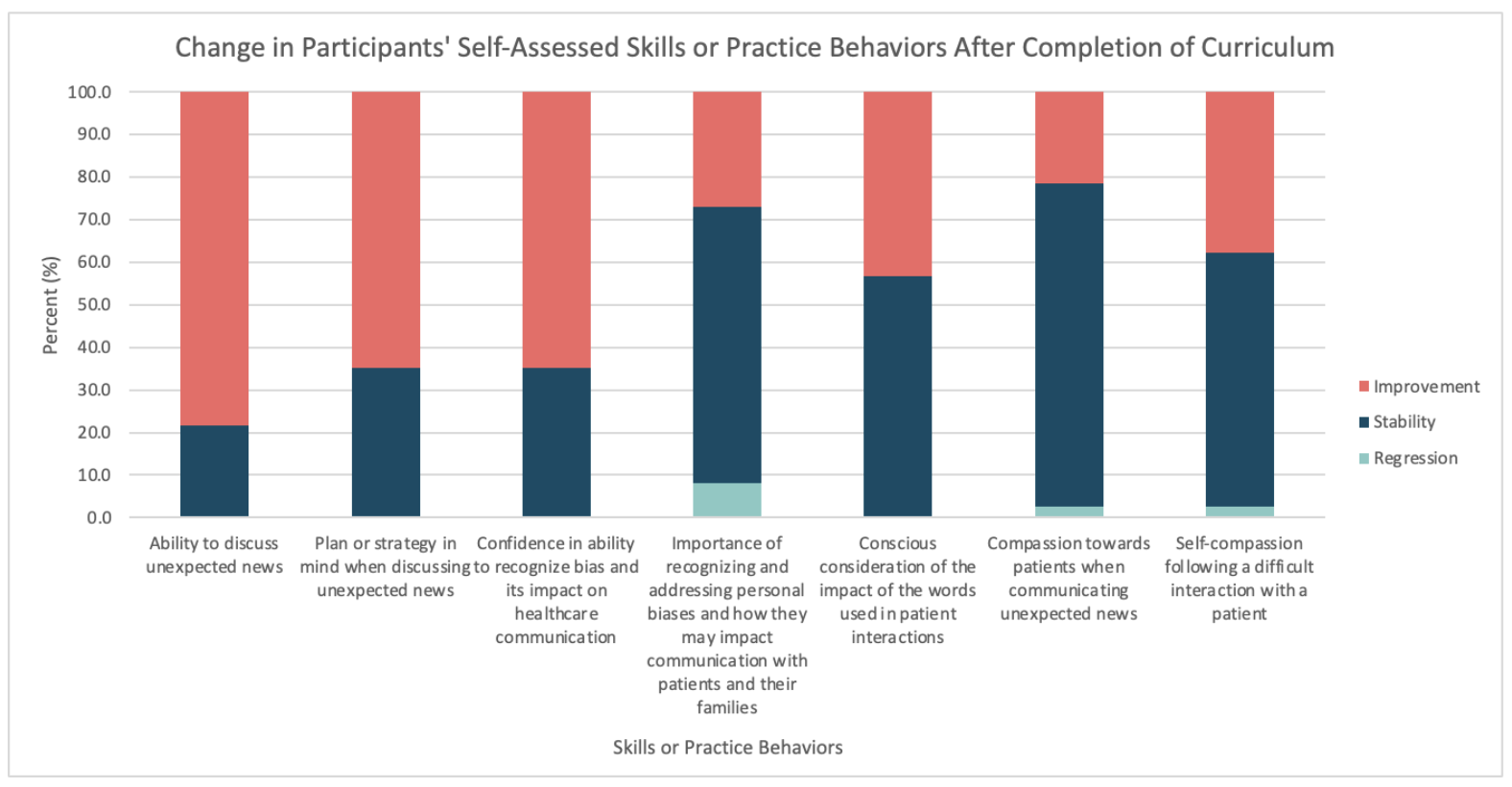Medical Education 7: DEI
Session: Medical Education 7: DEI
461 - How Prepared Are You? Development and Evaluation of an Online Curriculum on Communicating Unexpected News
Saturday, April 26, 2025
2:30pm - 4:45pm HST
Publication Number: 461.5303
Kelsey Carrigan, University of Minnesota Medical School, Minneapolis, MN, United States; Jessamina E. Blum, University of Minnesota Medical School, New Brighton, MN, United States; Emily Stearns, Jack's Basket, Arden Hills, MN, United States; Carissa Carroll, Jack's Basket, Arden Hills, MN, United States; Erin Plummer, Children's Hospitals and Clinics of Minnesota, Minneapolis, MN, United States

Kelsey Carrigan, MD (she/her/hers)
Resident Physician
University of Minnesota Medical School
Minneapolis, Minnesota, United States
Presenting Author(s)
Background: The ability to communicate unexpected news effectively and empathetically is a crucial skill for healthcare professionals. Healthcare professionals are often influenced by their own biases when framing a new diagnosis as “bad” when families often do not share this perspective. The medical team at Jack’s Basket, a 501(c)3 nonprofit organization, has created an array of tools and resources to improve medical communication surrounding a new diagnosis of Down syndrome.
Objective: The “Communicating Unexpected News” curriculum is a program that teaches the art of communicating unexpected news with families. It is designed to equip healthcare providers with the knowledge, strategies, and communication techniques required to deliver unexpected or challenging medical information to patients and their families with compassion, sensitivity, and professionalism.
Design/Methods: The curriculum was developed by an interprofessional workgroup, including parents of children with Down syndrome. Participants were asked to complete a self-assessment survey before and after completion of the course. Survey questions addressed competencies in communication, empathy, and bias recognition. Responses targeting skill or practice behavior were rescored to show regression, stability, or improvement due to the curriculum and were visualized with stacked bar plots. Participants were also asked to complete a free response portion on the post-course survey. Only participants that completed all questions on both pre- and post-course surveys were included in this analysis.
Results: 37 participants finished the curriculum and completed both surveys. In each domain, >90% of participants’ self-assessed skills remained stable or improved after completing the curriculum (Figure 1). 95% of participants felt significantly better prepared to discuss unexpected news (median Likert score 5) as a result of the curriculum. Emerging themes from the free response section included gains in empathy and compassion, therapeutic listening and the power of silence as well as improved communication skills including specific language and word choice.
Conclusion(s): This curriculum is an effective educational tool that better prepares learners to discuss unexpected news with premeditated strategies and techniques and improves confidence in bias recognition. Future directions include continued expansion and improvement based on learner feedback and tracking of curriculum efficacy. There is an ongoing call to action for healthcare institutions to adopt the curriculum to ultimately improve the diagnosis experience for all families.
Figure 1
 Change in participants’ self-assessed skills or practice behaviors after completion of curriculum.
Change in participants’ self-assessed skills or practice behaviors after completion of curriculum.
